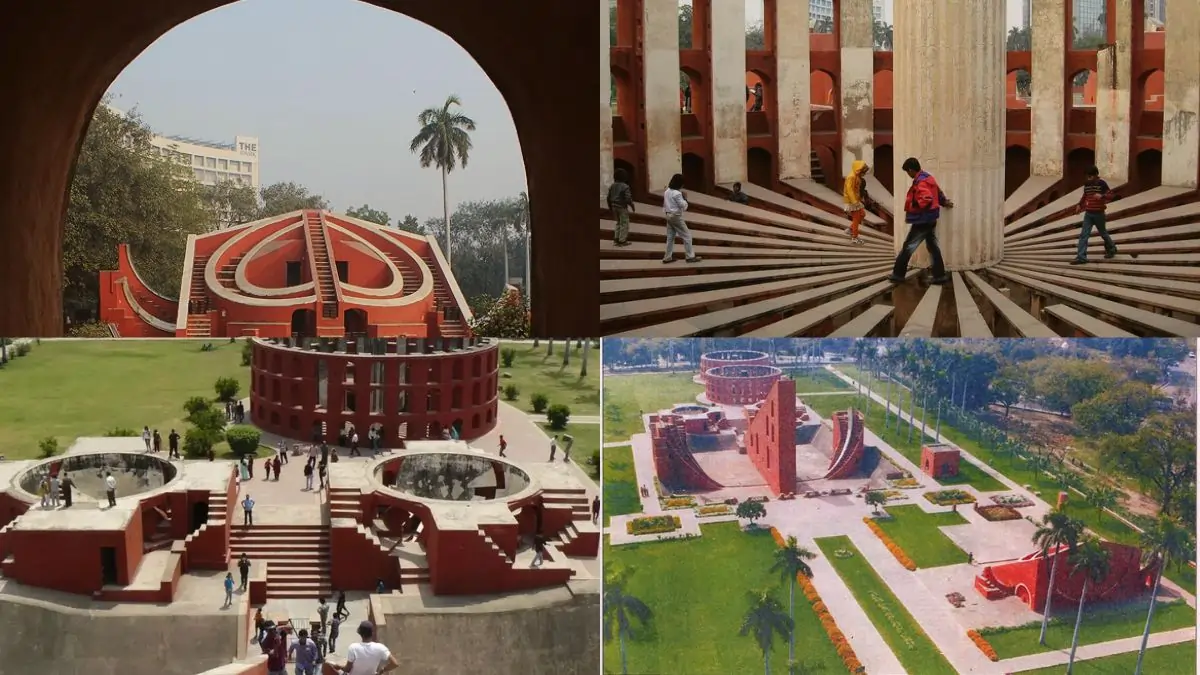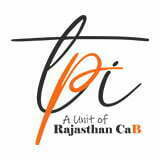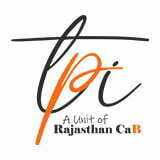
Jantar Mantar in Delhi was built to provide accurate astronomical data Maharaja. He had found that the then instruments were quite small, and hence couldn’t make correct observation. The observatory, Jantar Mantar was active for 7 years, when everyday data was noted, calculated and then given to the ruling Mughal emperor. Due to the construction of tall buildings around it, it no longer provides the correct calculations.
The Jantar Mantar in Delhi consists of 13 architectural astronomy instruments. The most noteworthy of them are Ram Yantra, Mishra Yantra, Samrat Yantra, and Jai Prakash Yantra. Samrat Yantra is a sundial and one of the most captivating observatories is an impressive yellow structure with a long arm of 27 m built at an angle of 27 degrees.
It was earlier used to measure the time of the day. Another instrument used to measure the longest and the shortest day of the year is the Mishra Yantra. It consists of two pillars and other instruments were used to calculate various phenomena of planets, stars, and the universe.
In this article, let’s explore everything about Jantar Mantar Delhi which lets you enjoy a smooth and hassle-free visit to the landmark.
Traveller’s Information
Entry Fee
- 15 per person for Indians
- 200 per person for Foreign Tourists
- 15 per person for SAARC Visitors
- 15 per person for BIMSTEC Visitors
- 0 per person for Photography
- 25 per person for Video filming
Entry Timing – 6:00 AM 6:00 PM
Location – Sansad Marg, Connaught Place, Janpath, Connaught Place, New Delhi, Delhi, 110001, India
History of Jantar Mantar
The Jantar Mantar was built by Maharaja Jai Singh II of Jaipur in 1724. The king established five observatories during his reign in the early 18th century and the one in Delhi was the first to be built among these five. The other four observatories are in Jaipur, Varanasi, Ujjain, and Mathura. The main purpose of building the observatory was to assemble astronomical tables and to predict the movements of the planets, moon, and sun. It is one of its kind observatories to be built in India. By 1867, Jantar Mantar underwent considerable decay. The government of India took several initiatives to restore the heritage observatory and promote it as a tourist destination in Delhi.
Architecture of Jantar Mantar
The enormously huge observatory contains several astronomical structures and instruments, all of which are built of masonry. The instruments were built using brick, limestone and rubble and finally plastered. Another unique feature of this observatory is that it is an outdoor observatory. All the instruments here are installed in the open rather than being closed within buildings or rooms. The structures have stood the test of time, they did need a bit of repairing and restoring over the years.
Structures of Jantar Mantar Complex
Within the observatory, there are overall 13 astronomical instruments of which four are primary devices. These are –
Samrat Yantra: Also known as the Supreme Instrument, it stands as the main structure inside the observatory. The structure is 70 feet in height, 114 feet in length, and 10 feet thick.
Jayaprakash Yantra: The instrument comprises structures mimicking hollow hemispheres that are marked by their concave surfaces. It was used to align the position of the sun and stars in the sky.
Rama Yantra: The instrument has two large structures of cylindrical shapes and open tops. It helps to determine the altitude of stars based on the longitude and latitude of the Earth.
Misra Yantra: It consists of five different instruments which are used to find out the longest and the shortest days of the year.
Places to visit around Jantar Mantar
- Bangla Sahib Gurudwara (700 m)
- National Museum (2.3 km)
- Birla Temple (2.6 km)
- Parliament House (2.7 km)
- Rashtrapati Bhavan (2.8 km)
- Agrasen ki Baoli (3.6 km)
- Gandhi Smriti (4.1 km)
It will be exciting to visit the age-old observatory that had once helped even the kings and emperors to learn about the stars and planets in the sky. The structure explains the fact that India had made big leaps in the realm of science even centuries ago. Make sure to visit the other historical Golden Triangle Tour From Delhi, as they narrate its rich history and heritage.




